In “State Funeral,” an astonishing new film by Ukrainian director Sergei Loznitsa, that cult of personality is shown in stark and frightening clarity. Piecing together original footage of the massive prolonged nation-and-republics-wide mourning ritual for Stalin, “State Funeral” is mind-numbing, but it’s mind-numbing with a purpose. Cults of personality are designed to numb the mind. “State Funeral” shows the result.
Loznitsa dug through television archives for extant footage, working with the Russian State Documentary Film and Photo Archive (along with many others). The footage is clear and beautiful with no image degradation, no newsreel herky-jerkiness. The shots, of mourners gathering around newsstands, or galloping on horseback across snowy hills to attend a funeral ceremony, of workers on an oil rig in Azerbaijan standing with heads bowed, are sometimes even painterly, the colors rich and somber, all these deep reds and greys, as though the populace itself was a color-coded propaganda poster. Accompanied with funeral marches and requiems by classical composers (Schubert, Mozart, Chopin, Mendelssohn), the overall effect is overwhelming, particularly since Loznitsa does not use any contemporary “talking heads.” Historians don’t weigh in with context. People who were there do not share their memories. There isn’t even a voiceover narration. The footage stands alone.
This can make for a tough watch, particularly since it’s so repetitive, the same ceremonial rituals in every town, every city, every region, the same peasants marching through the mud, holding up wreaths as large as a Volkswagen bug, the same loudspeakers echoing with tear-filled voices exhorting people to gather in the town square, singing the praises of the leader who just left them. Loznitsa’s modus operandi brings the “personality cult,” the “cult of the individual” into crushing vividness, calling to mind Andrei Ujică’s “The Autobiography of Nicolae Ceaușescu,” which works in similar ways. Over the course of three hours, the propaganda on display is so stultifying, so all-encompassing, it works like a lead blanket on the critical mind. People sink under its weight.
For those who find it hard to comprehend why, for example, North Koreans erupted into a frenzy of public mourning in 2011 after the death of Kim Jong Il, who wonder whether or not all that weeping and wailing was really real, understanding how propaganda works is essential. George Orwell laid it all out in 1984, with its final line (“He loved Big Brother.”) showing Winston Smith’s inevitable capitulation. In his masterpiece The Master and Margarita, Soviet author Mikhail Bulgakov (whose relationship with Stalin was fascinating) broke it down in the chapter “Ivan Is Split In Two,” a brilliant step-by-step explanation of how man is crushed by propaganda pressure. Arthur Koestler’s Darkness at Noon also shows the process by which a man can be forced to make a false confession, and believe he is doing it for the good of “the State.” Aleksandr Solzhenitsyn told everything in The Gulag Archipelago, how the show trials worked, how the false confessions were tortured out of people, how the gulag system maintained itself.
You can view the original article HERE.


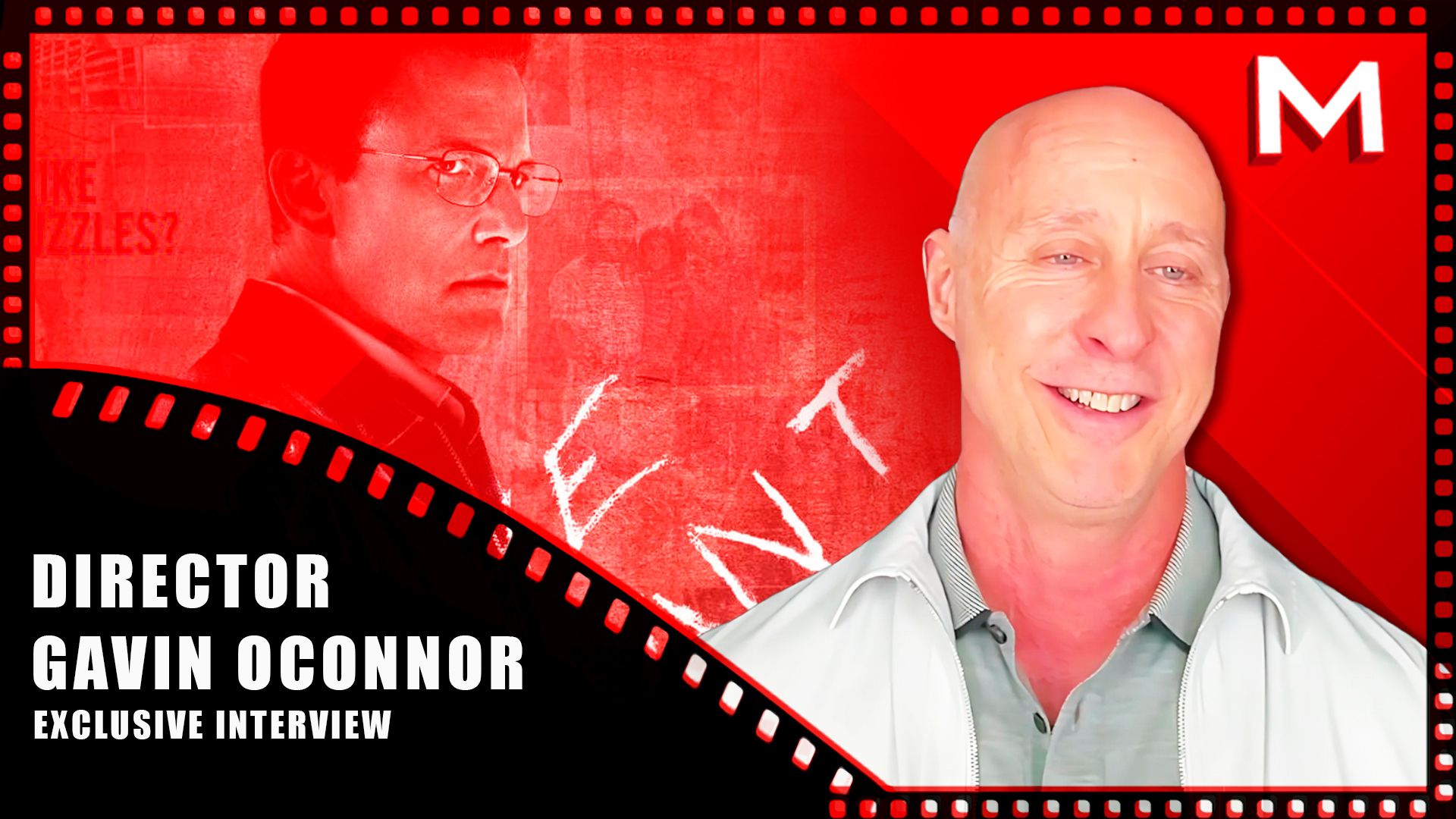

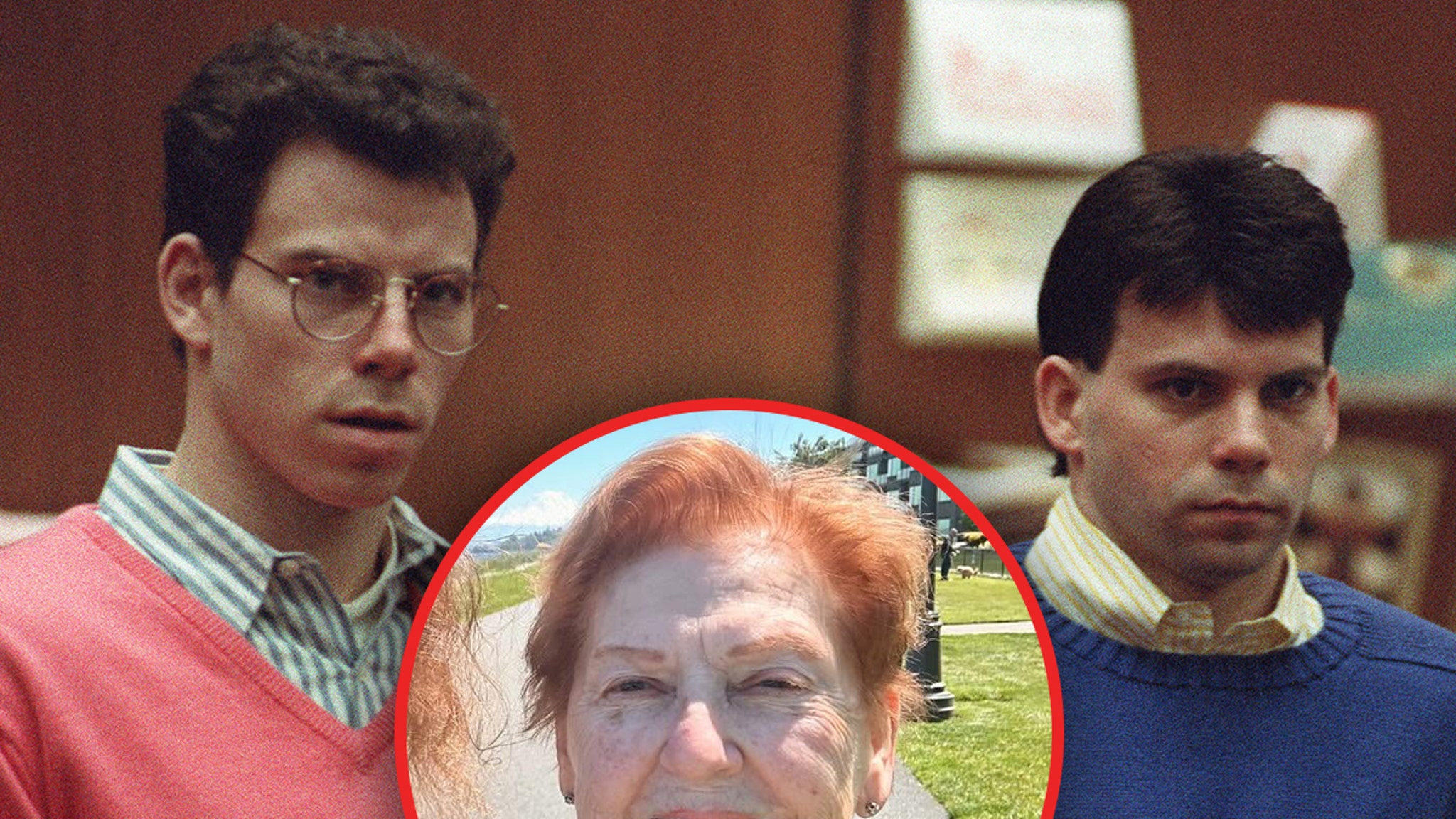


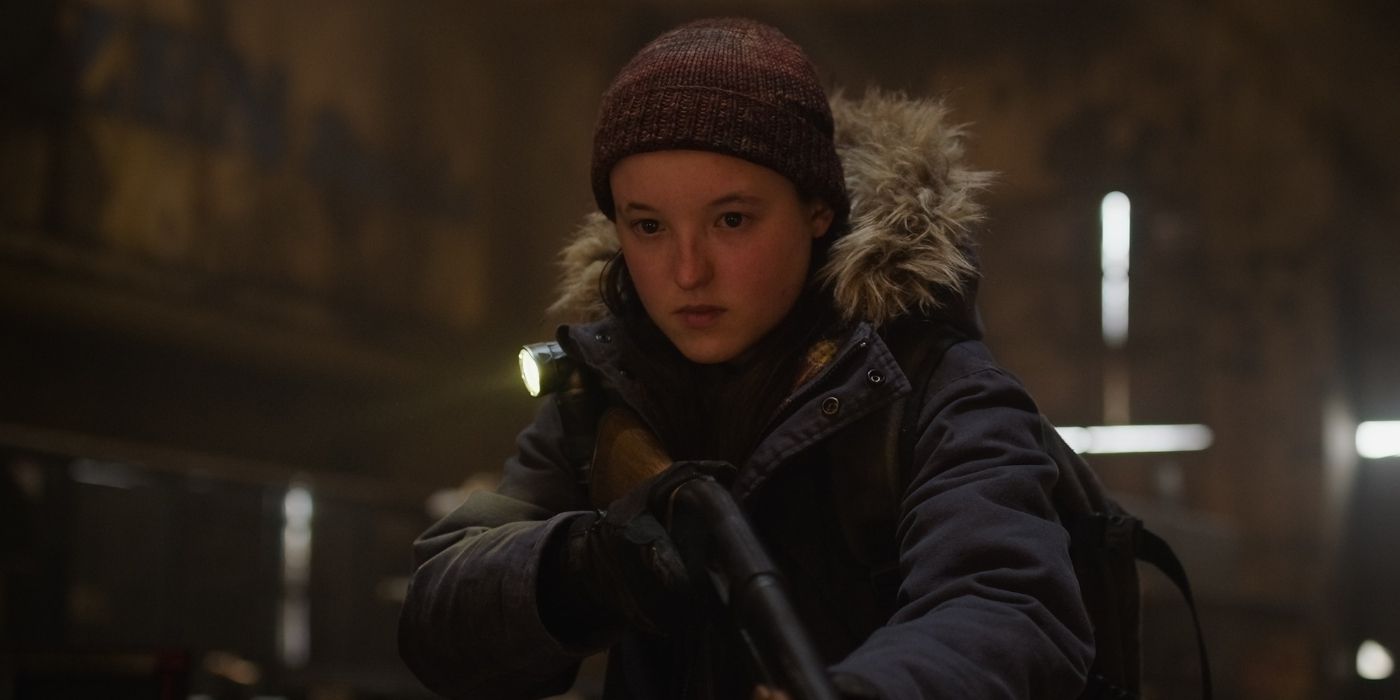






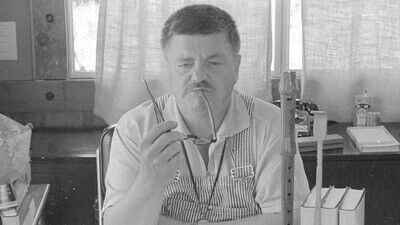



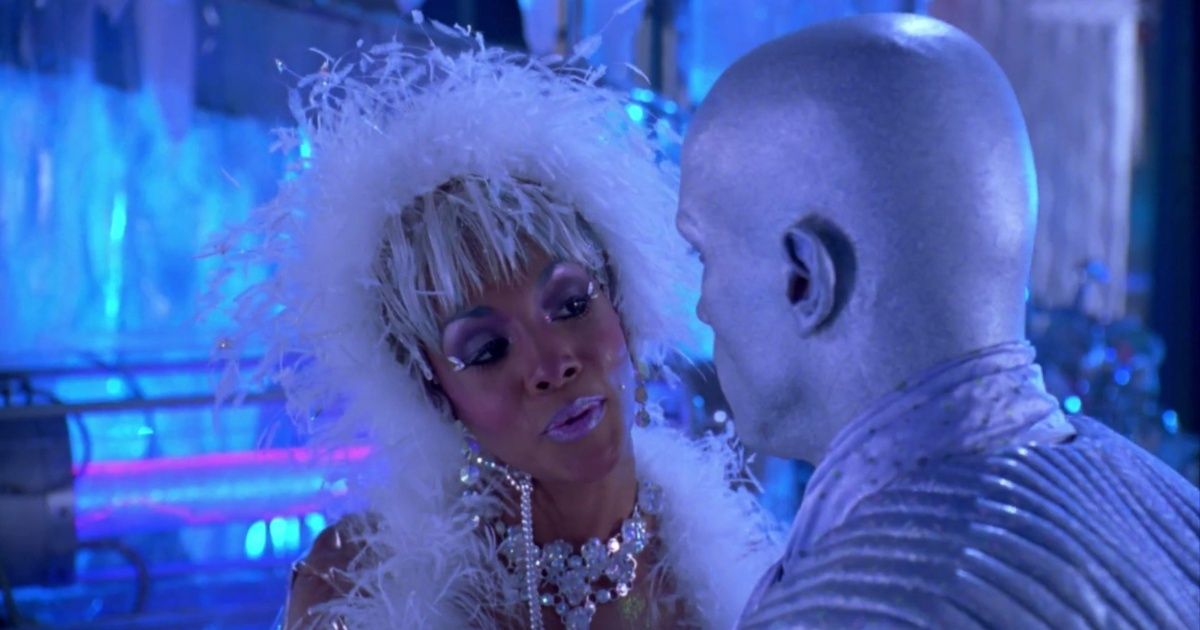








:quality(85):upscale()/2025/04/14/701/n/1922564/ecd11f8667fd2ed0e5c216.48042947_.png)

